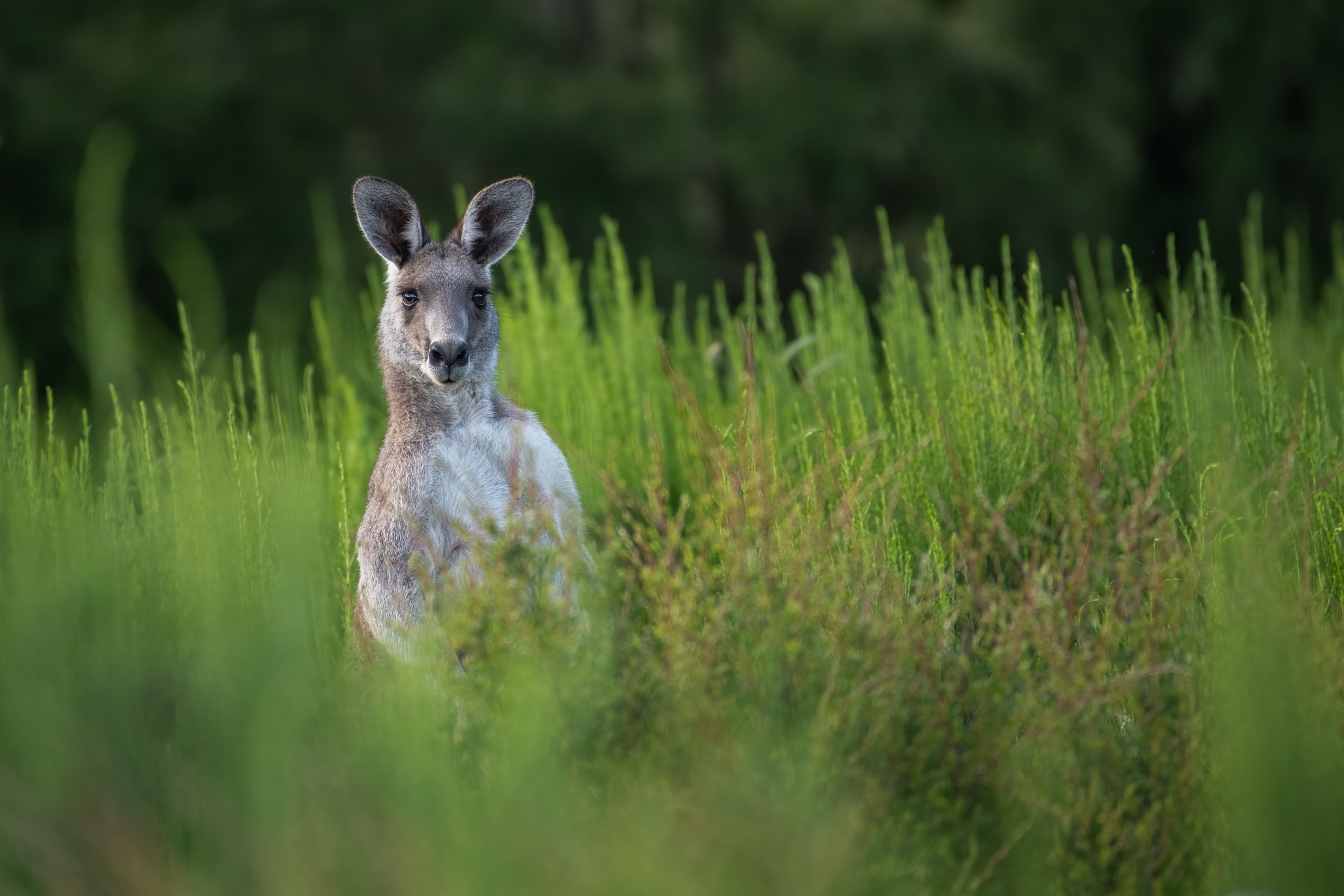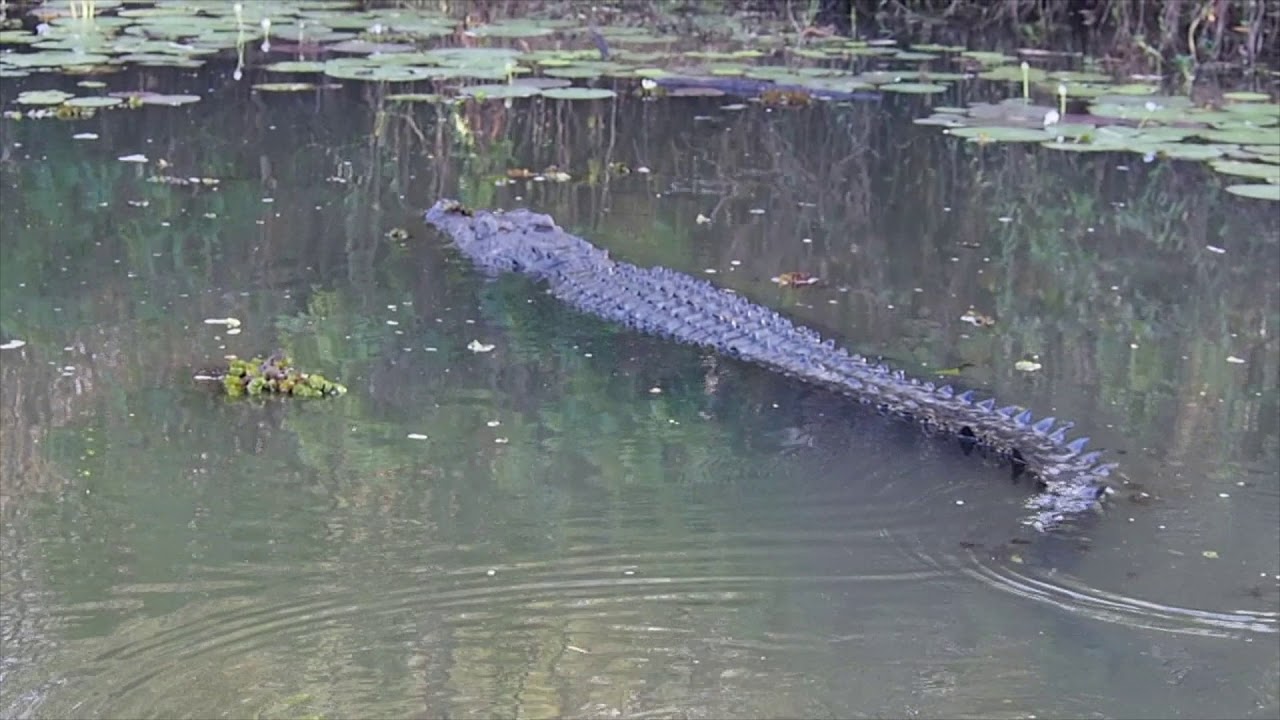Wildlife Encounters In Australia's Outback - Exploring The Wild
Whether you're hoping to see kangaroos and dingoes in their natural habitats, or swim with whale sharks and explore the Great Barrier Reef, there is something for everyone in the Australian outback. Let's take a closer look at some of the top wildlife encounters in Australia's outback, including popular destinations and activities for visitors.
Author:Jane RestureApr 03, 20237.9K Shares466.3K Views

Australia's outback is a vast and rugged landscape that is home to some of the most unique and iconic wildlife in the world. From the deserts of Western Australia to the wetlands of the Northern Territory, there are endless opportunities for wildlife encounters in Australia's outback.
Whether you're hoping to see kangaroos and dingoes in their natural habitats, or swim with whale sharks and explore the Great Barrier Reef, there is something for everyone in the Australian outback. Let's take a closer look at some of the top wildlife encounters in Australia's outback, including popular destinations and activities for visitors.
Tips For Staying Safe With Wildlife Encounters In Australia's Outback
Let's explore some of the best ways to experience wildlife encounters in Australia's outback, as well as some tips for staying safe and minimizing your impact on the environment.
Exploring National Parks
One of the best ways to experience wildlife encounters in the outback is by visiting one of Australia's many national parks. These parks offer a variety of habitats, from desert plains to lush rainforests, and are home to a wide range of wildlife.
Some of the most popular national parks for wildlife encounters include:
- Kakadu National Park- Located in the Northern Territory, Kakadu National Park is one of Australia's largest national parks and is home to an incredible variety of wildlife. Visitors can expect to see kangaroos, wallabies, crocodiles, and a variety of bird species, as well as a range of reptiles and insects.
- Uluru-Kata Tjuta National Park - Uluru-Kata Tjuta National Park is located in the heart of Australia's Red Centre and is home to the iconic Uluru rock formation. Visitors to the park can also expect to encounter kangaroos, wallabies, dingoes, and a variety of bird species.
- Flinders Ranges National Park- Located in South Australia, the Flinders Ranges National Park is a popular destination for wildlife enthusiasts. Visitors to the park can expect to see kangaroos, emus, and a variety of bird species, as well as a range of reptiles and insects.
Taking A Guided Tour
Another great way to experience wildlife encounters in the outback is by taking a guided tour. These tours are led by experienced guides who can help you spot wildlife and provide information about the local flora and fauna.
Some popular types of guided tours include:
- Wildlife Safaris- Wildlife safaris are a popular way to see Australia's wildlife up close and personal. These tours typically involve driving through national parks and other wilderness areas in search of wildlife. Some companies offer overnight camping safaris, which allow you to experience the outback at night and increase your chances of encountering nocturnal animals.
- Whale Watching Tours - While not strictly in the outback, whale watching tours are a popular activity in many coastal areas of Australia. These tours offer the opportunity to see humpback and southern right whales as they migrate along the Australian coast.
Staying Safe
While wildlife encounters in the outback can be an unforgettable experience, it's important to remember that these animals are wild and can be dangerous if approached or provoked.
To stay safe while experiencing wildlife encounters in the outback, be sure to follow these tips:
- Keep Your Distance- When encountering wildlife in the outback, it's important to keep a safe distance. This not only protects you from potential danger but also ensures that you don't disturb the animals or their habitats.
- Don't Feed The Wildlife- Feeding wildlife can cause them to become dependent on humans for food and can also lead to health problems. In addition, some species of wildlife can become aggressive if they feel threatened or provoked.
- Respect The Environment- When exploring the outback, it's important to minimize your impact on the environment. This means staying on designated trails, not littering, and respecting any restrictions or guidelines set by park officials.

Wildlife in the Northern Territory
Wildlife Encounters In The Northern Territory
The Northern Territory is home to some of Australia's most iconic and unique wildlife, including crocodiles, dingoes, and kangaroos.
Crocodile Encounters In The Northern Territory
Crocodiles are one of the most iconic and fearsome animals in the Northern Territory, and visitors can see them in their natural habitats on a variety of tours and excursions.
Some popular options include taking a cruise on the Adelaide River to see jumping crocodiles, going on a guided walk through Kakadu's billabongs and wetlands, or visiting Crocosaurus Cove in Darwin to see crocodiles up close in a controlled environment.
Dingo Encounters In The Northern Territory
Dingoes are another unique and sometimes misunderstood animal that can be seen in the Northern Territory. Visitors can see them in national parks like Uluru-Kata Tjuta and Kakadu, where they roam freely and sometimes scavenge for food.
However, it's important to remember that dingoes are wild animals and should not be approached or fed.
Kangaroo Encounters In The Northern Territory
Kangaroos are perhaps one of the most beloved and recognizable animals in Australia, and visitors to the Northern Territory can see them in the wild in places like Alice Springs and the West MacDonnell Ranges.
Visitors can also take guided tours or visit wildlife sanctuaries to see kangaroos up close and learn more about their behavior and habitat.
Marine Wildlife Encounters In The Outback
While the outback is typically associated with arid deserts and rugged landscapes, Australia's coastal regions also offer incredible opportunities for marine wildlife encounters.
Swimming With Whale Sharks At The Ningaloo Reef
Swimming with whale sharks is an unforgettable experience that can be had at the Ningaloo Reef in Western Australia. Visitors can take guided tours to swim with these gentle giants, which can grow up to 12 meters in length.
Tours typically run from March to August each year, when the whale sharks visit the reef to feed.
Dolphin And Seal Encounters In The Outback
Dolphins and seals can also be seen in the waters around the outback, particularly in places like Kangaroo Island in South Australia and the Great Barrier Reef in Queensland.
Visitors can take guided tours or go on dolphin and seal watching cruises to see these playful and curious animals up close.
Exploring The Underwater World Of The Great Barrier Reef
The Great Barrier Reef is one of the most famous and biodiverse coral reefs in the world, and visitors can explore its underwater world on snorkeling or scuba diving tours.
Visitors can see a variety of marine life, including sea turtles, sharks, rays, and colorful fish and corals.
People Also Ask
What Is The Best Time Of Year To Visit The Outback For Wildlife Encounters?
The best time of year to visit the outback for wildlife encounters depends on the specific region you plan to visit. Generally, the cooler months of May to September are ideal for exploring the more arid regions of the outback, while the warmer months of October to April are better for exploring the tropical regions.
Can You See Platypus In The Outback?
While platypus are not typically found in the arid regions of the outback, they can be found in the more temperate regions of eastern Australia. Some of the best places to see platypus in the wild include the Daintree River in Queensland and the Cradle Mountain-Lake St. Clair National Park in Tasmania.
Are There Any Dangerous Animals In The Outback?
The outback is home to a variety of dangerous animals, including snakes, spiders, crocodiles, and sharks. While these animals can be encountered in the wild, the risk of injury or death can be minimized by following safety guidelines and staying aware of your surroundings.
Can You Camp In National Parks In The Outback?
Yes, camping is allowed in many national parks in the outback, but it's important to follow any rules and regulations set by park officials. Some parks require permits for camping, while others have designated camping areas and fire pits.
What Should I Bring On A Wildlife Safari In The Outback?
When going on a wildlife safari in the outback, it's important to bring appropriate clothing for the climate, including sunscreen, a hat, and comfortable shoes. You may also want to bring binoculars, a camera, and a water bottle, as well as any necessary medication or personal items.
Conclusion
Wildlife encounters in Australia's outback are an unforgettable experience that allows you to get up close and personal with some of the world's most unique and diverse animals.
By exploring national parks, taking guided tours, and staying safe, you can make the most of your outback wildlife adventure while also respecting the environment and the animals that call it home.

Jane Resture
Author
Since she embarked on her first world trip in 2002, Jane Resture spent the past decades sharing her personal journey and travel tips with people around the world. She has traveled to over 80 countries and territories, where she experienced other cultures, wildlife she had only read about in books, new foods, new people, and new amazing experiences.
Jane believes that travel is for everyone and it helps us learn about ourselves and the world around us. Her goal is to help more people from more backgrounds experience the joy of exploration because she trusts that travel opens the door to the greatest, most unforgettable experiences life can offer and this builds a kinder, more inclusive, more open-minded world.
Latest Articles
Popular Articles